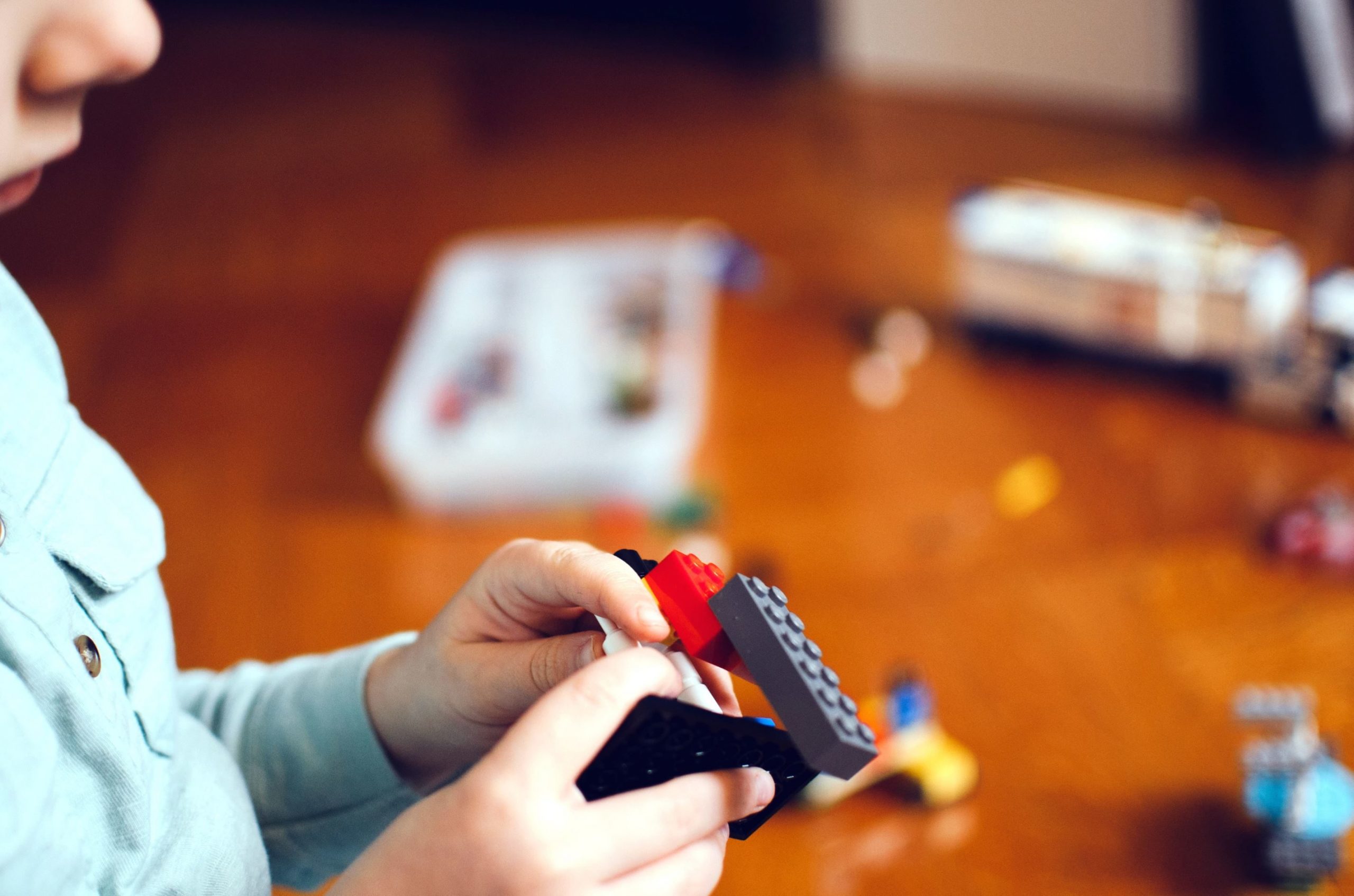
Parents with high levels of education and income spend a lot of money raising their children. They shuttle their kids between violin lessons and soccer practice, fill playrooms with toys designed to aid kids’ development, and squeeze in weekend visits to museums and exhibits. Low-income parents’ money, in contrast, is more tightly stretched, and tends to go towards necessities like bills and food. Can anything be done about these differences and inequalities? New research from Margot Jackson and Daniel Schneider suggests a potential solution, one that involves increased public investment for all kids.
Jackson and Schneider created and analyzed a new data set that links state-level investments in children and families with information on household spending on children over a period of fifteen years. Examples of state-level spending include things like public education, welfare, and Medicaid. Household spending includes purchases of educational books or toys or recreational equipment. They find that when public investment increases, inequality in parental spending on children decreases.
There are two reasons for these promising results. One is that low-income families have more money to spend on their children when public support helps families meet their basic needs. In other words, when income and healthcare are supplemented, families have more money available to invest in their children’s education and development.At the same time, when there is more universal public investment in resources like schools, high-income parents spend less on their children, more confident in the resources their children are already receiving. In short, increased public investments allow low-income parents to spend more, and high-income parents to spend less.
Those of us who care about inequalities in parental spending on children know that early inequalities set the stage for a lifetime of differences in the opportunities and experiences available to people in their formative years. It can be difficult to imagine how these gaps can be narrowed. This research shows that these inequalities are not fixed or inevitable, and that more public spending on children can help equalize the playing field.

Comments